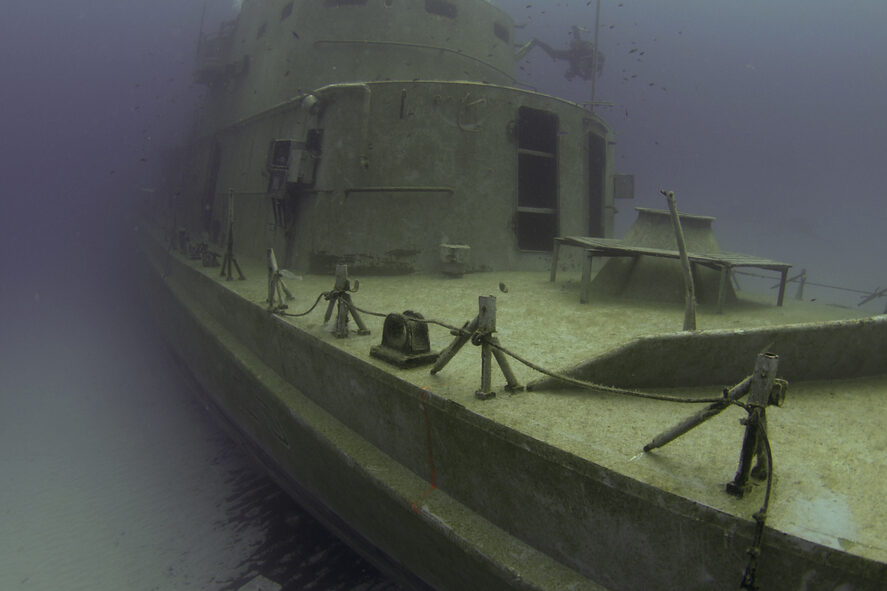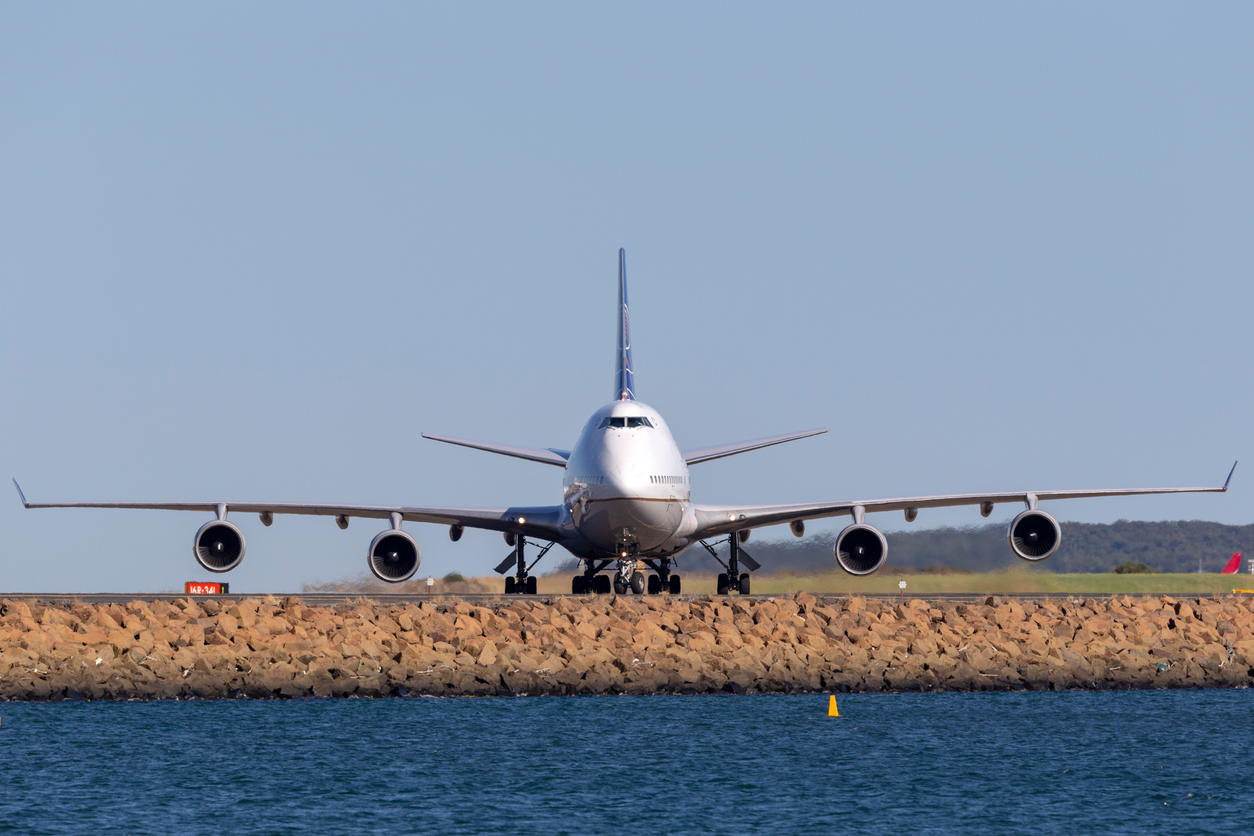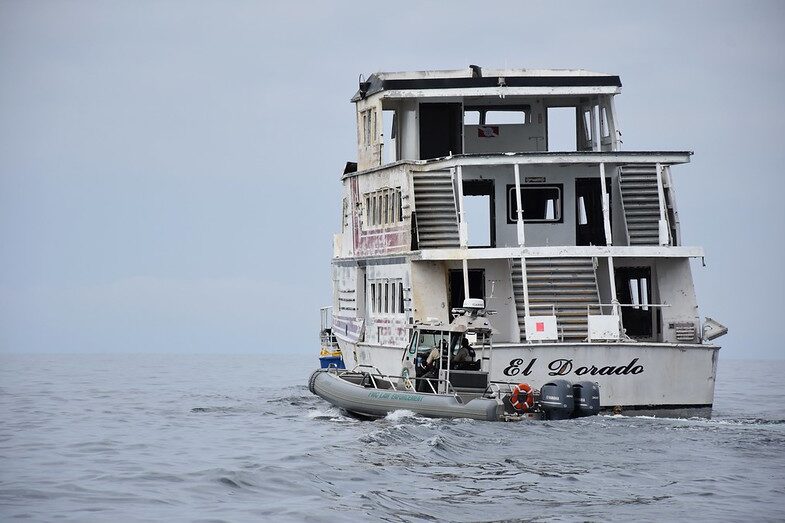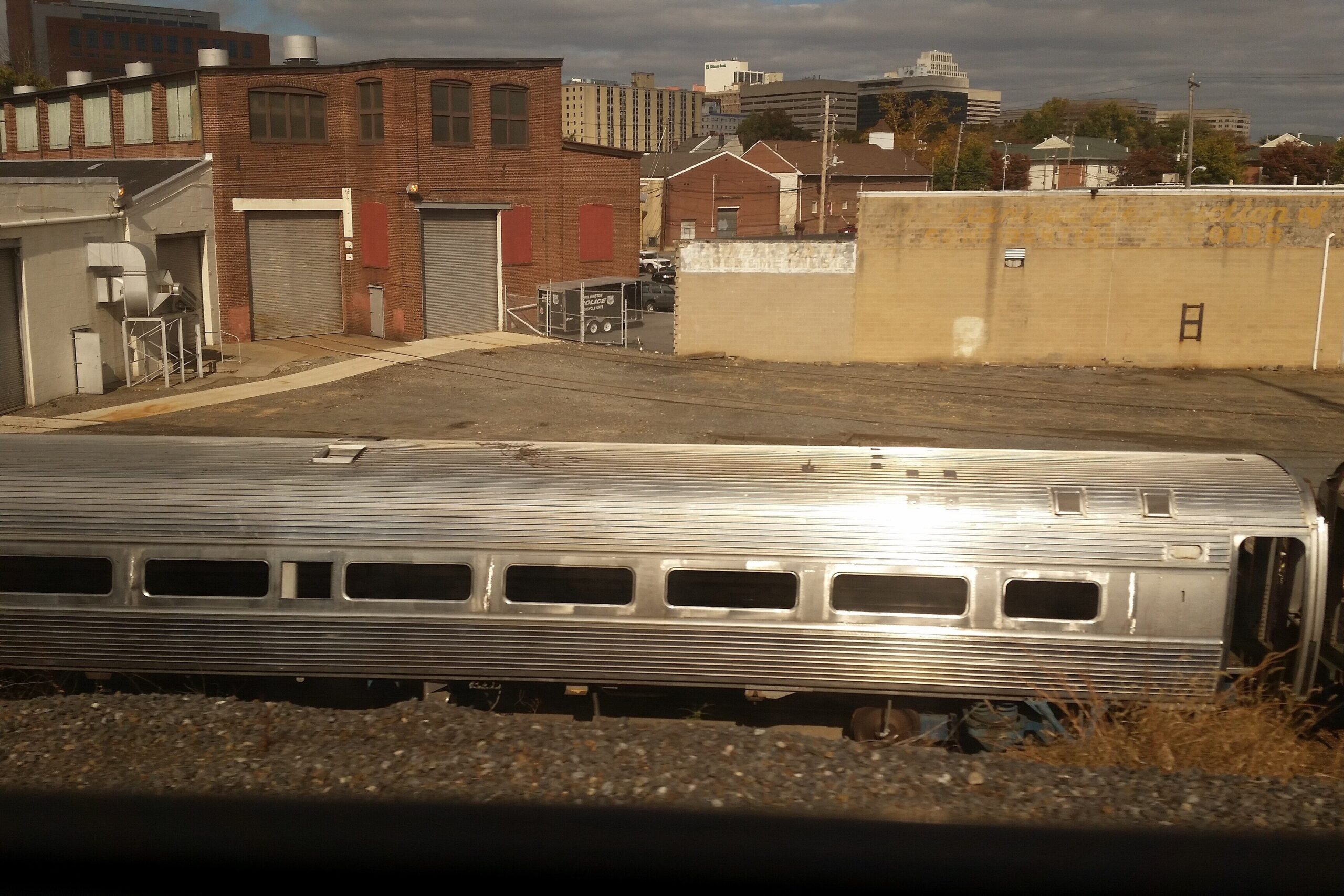1. New York City subway cars—From rush hour to reef life

Picture this: you’re packed like a sardine in a metal tube, the air thick with city tension, your only wish to get through the ride unscathed. Now, imagine that same subway car resting peacefully on the ocean floor, swaying with the current, playing host to an entire underwater community. It sounds surreal, but that’s exactly what happened when New York City decided to repurpose its retired Redbird subway cars as artificial reefs. Instead of transporting commuters, these steel giants now serve as homes for swarming fish, vibrant corals, and even curious sea turtles.
The transition wasn’t immediate. At first, the idea of dumping subway cars into the ocean raised eyebrows, but marine scientists knew better. Stripped of seats, doors, and anything that could harm marine life, these hollowed-out shells became the perfect foundation for new coral growth. And it worked—what was once a crowded, overheated symbol of urban chaos is now a thriving, tranquil marine wonderland. It’s a comeback story so unexpected that even the most jaded New Yorker might crack a smile.
2. The USS Oriskany—The world’s largest artificial reef

Most ships retire quietly, their glory days long behind them. But not the USS Oriskany. This massive aircraft carrier, once a powerhouse in the Korean and Vietnam Wars, took a final bow in the most dramatic way possible—by sinking into the Gulf of Mexico to become the world’s largest artificial reef. A vessel that once roared with the sounds of jet engines and battle strategy now hums with a different kind of life, one where schools of fish replace squadrons of fighter pilots.
The sinking of the Oriskany wasn’t just a spectacle; it was a carefully orchestrated transformation. When it hit the ocean floor, standing upright like a ghost ship frozen in time, marine life wasted no time moving in. The ship’s towering structures, once command centers and aircraft hangars, became prime real estate for coral, sponges, and thousands of fish. Divers who explore the site describe an almost eerie feeling—descending into the depths and seeing this once-mighty warship now peacefully existing as a marine sanctuary. It’s a reminder that even the machines of war can find a second life in the service of nature.
3. The Boeing 747—Taking a permanent dive

If planes were meant to be underwater, airports would need docks instead of runways. Yet, off the coast of Bahrain, a Boeing 747 rests beneath the waves, defying its original purpose in the most spectacular way. This isn’t a crash landing gone wrong—it’s an intentional, carefully planned mission to turn a retired jumbo jet into an underwater habitat. Instead of ferrying passengers across continents, this plane now offers shelter to marine life in need of a home.
Seeing a 747 underwater is like stepping into an alternate universe where aviation and oceanography collide. Fish dart in and out of the cockpit, crabs claim the overhead compartments, and coral slowly transforms the fuselage into something organic and alive. The sheer size of the aircraft creates a reef on a scale rarely seen, drawing in marine life like a neon-lit attraction in the middle of the desert. Scientists are fascinated by how quickly life adapts to these structures, proving that even our most advanced creations can be reclaimed by the wild if given the chance. It’s proof that nature, when left to its own devices, is the ultimate engineer of restoration.
4. London’s double-decker buses—Underwater public transport

You wouldn’t expect to find a bright red double-decker bus at the bottom of the ocean, but in Bahrain’s growing artificial reef project, that’s exactly what you’ll see. Once symbols of bustling city life, these iconic London buses have swapped traffic jams for ocean currents, creating an unusual yet highly effective marine habitat. It’s a scene straight out of a surreal dream—giant buses resting on the seafloor, their windows now portholes for passing fish.
The concept might sound bizarre, but marine experts understand the appeal. These buses, once filled with hurried commuters, now provide shelter for species in need of safe spaces to grow. The open interiors allow fish to move freely, while coral slowly weaves itself into the structure. The ocean has a way of turning human leftovers into something beautiful, and these once-busy vehicles are proof. No more honking horns, no impatient passengers—just a quiet, mesmerizing transformation happening beneath the waves. It’s the kind of public transport even the fish can get behind.
5. The M60 Patton Tanks—From battlefield to seabed

Tanks are built to dominate the battlefield, their steel frames designed for destruction. But beneath the waves of the Gulf of Thailand, a group of M60 Patton tanks has taken on an entirely different mission—serving as an underwater stronghold for marine life. Stripped of their weapons and modified to ensure environmental safety, these once-lethal machines are now peaceful sanctuaries for fish, corals, and other sea creatures.
It’s a striking contrast: machines of war becoming harbors of life. Over time, coral colonies have latched onto the thick steel, forming a vibrant ecosystem where barracudas patrol like sentinels and tiny fish dart between the treads. Divers exploring the site find it both awe-inspiring and humbling—proof that even tools of destruction can be repurposed for good. Nature’s resilience is unmatched, and these tanks, once symbols of power, now serve as a testament to the ocean’s ability to heal and adapt.
6. The El Dorado Casino Barges—Gambling with marine conservation

Once a floating palace of bright lights and big bets, the El Dorado Casino barge now sits on the ocean floor off the coast of Mississippi, making a much different kind of gamble. Instead of hosting high-stakes poker games, it provides shelter for struggling marine species. The very structure that once encouraged human excess is now a refuge for life beneath the waves.
The transformation was unexpected but necessary. Hurricanes had battered the Gulf, leaving local marine ecosystems vulnerable. The casino, with its vast steel frame, became an ideal artificial reef, offering fish, mollusks, and crustaceans a new place to thrive. Marine biologists have observed a stunning resurgence in biodiversity around the wreckage. While it no longer deals in fortunes won and lost, the El Dorado now plays a more critical role—supporting an ecosystem that might not have survived without it.
7. The Train Cars of Delaware—Rolling stock beneath the waves

Railroad cars aren’t the first thing you’d expect to find on the ocean floor, but off the coast of Delaware, dozens of them now form an unexpected underwater metropolis. These cars, once rattling along steel tracks, now provide a foundation for thriving marine habitats. It’s a transformation few could have predicted, yet the results speak for themselves—barnacles encrust the sides, fish weave in and out like commuters, and corals add vibrant splashes of color to the once-bare metal shells.
This reef wasn’t built overnight. It took years for marine life to claim the train cars fully, but now they are a permanent fixture beneath the waves. Scientists are fascinated by the diversity of species that have settled in, proving that even the most unexpected structures can become vital marine sanctuaries. It’s a poetic ending for these trains—once bound to the tracks, now part of a boundless underwater world, offering safe passage to the creatures of the deep.


